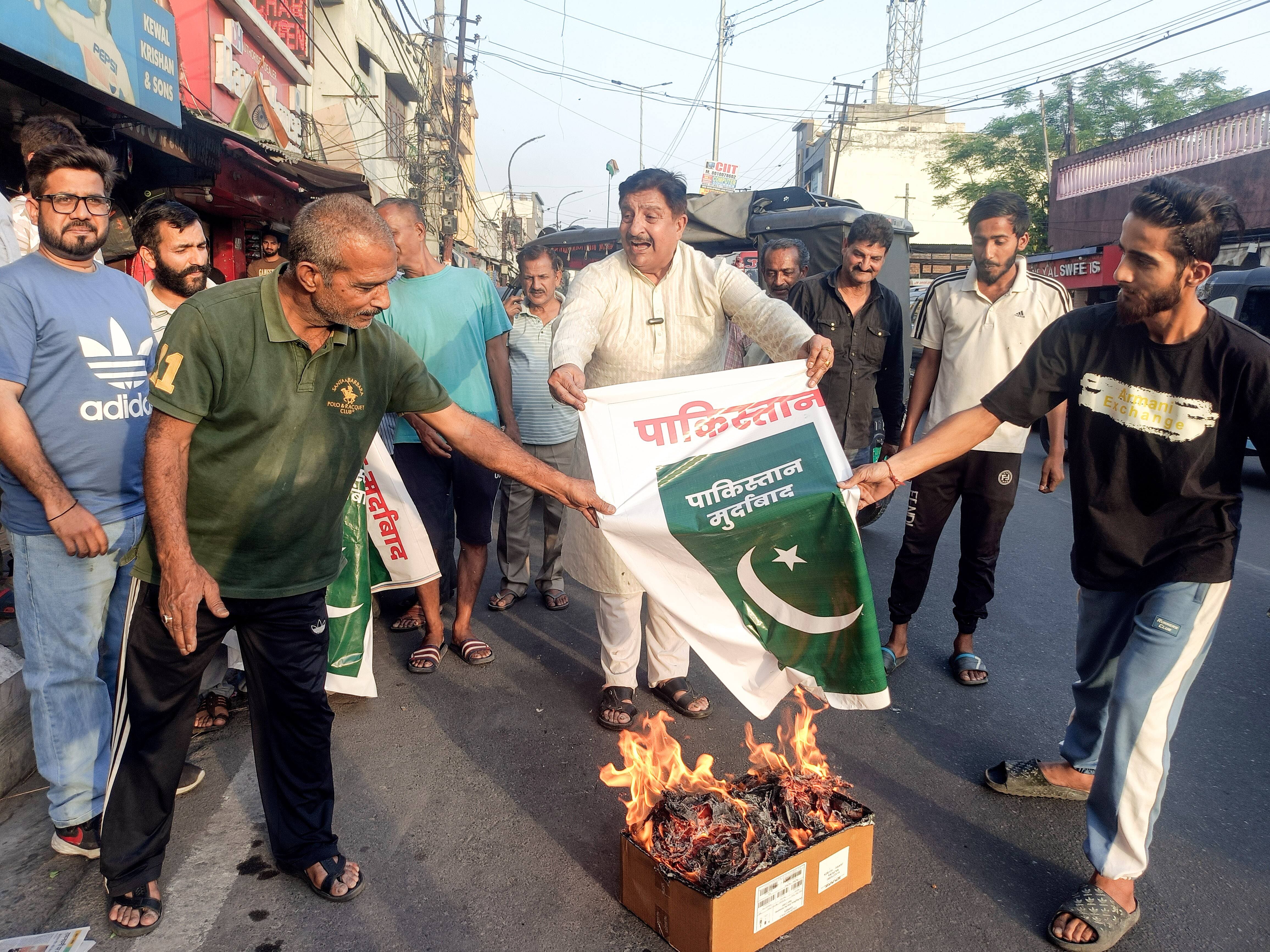Pahalgam terror attack: Is Pakistan Army Chief Asim Munir’s provocative rhetoric the driving force behind the deadly resurgence of terror in Kashmir?
In a cowardly act that has shocked the conscience of the nation, 26 innocent lives — all tourists — were snuffed out in the pristine valley of Pahalgam on April 22, in the deadliest terror attack on civilians in Jammu and Kashmir in recent years. This bloodshed wasn’t random. It was premeditated, precise, and politically timed — and the fingerprints of Pakistan’s deep state are all over it.
Claimed by The Resistance Front (TRF), a proxy of the Pakistan-based Lashkar-e-Taiba (LeT), the massacre has not only shattered the illusion of calm in Jammu and Kashmir but has reignited global concern over Pakistan’s continued use of terror as statecraft.
This is no longer about rogue elements or proxy outfits. This is about the very top of Pakistan’s military establishment — particularly its Army Chief, General Asim Munir — actively stoking the fires of hatred and jihad against India.

Just days before the attack, General Munir delivered a speech that reeked of supremacist ideology, historical revisionism, and dangerous provocation. Dressed in the garb of patriotism, his words were nothing short of a call to arms. While waxing poetic about the two-nation theory and claiming ideological superiority over India, Munir invoked Kashmir as Pakistan’s "jugular vein" — a phrase not seriously heard since the days of General Zia-ul-Haq, the architect of Pakistan’s Islamisation and covert war doctrine.
These weren’t just rhetorical flourishes. They were ideological triggers.
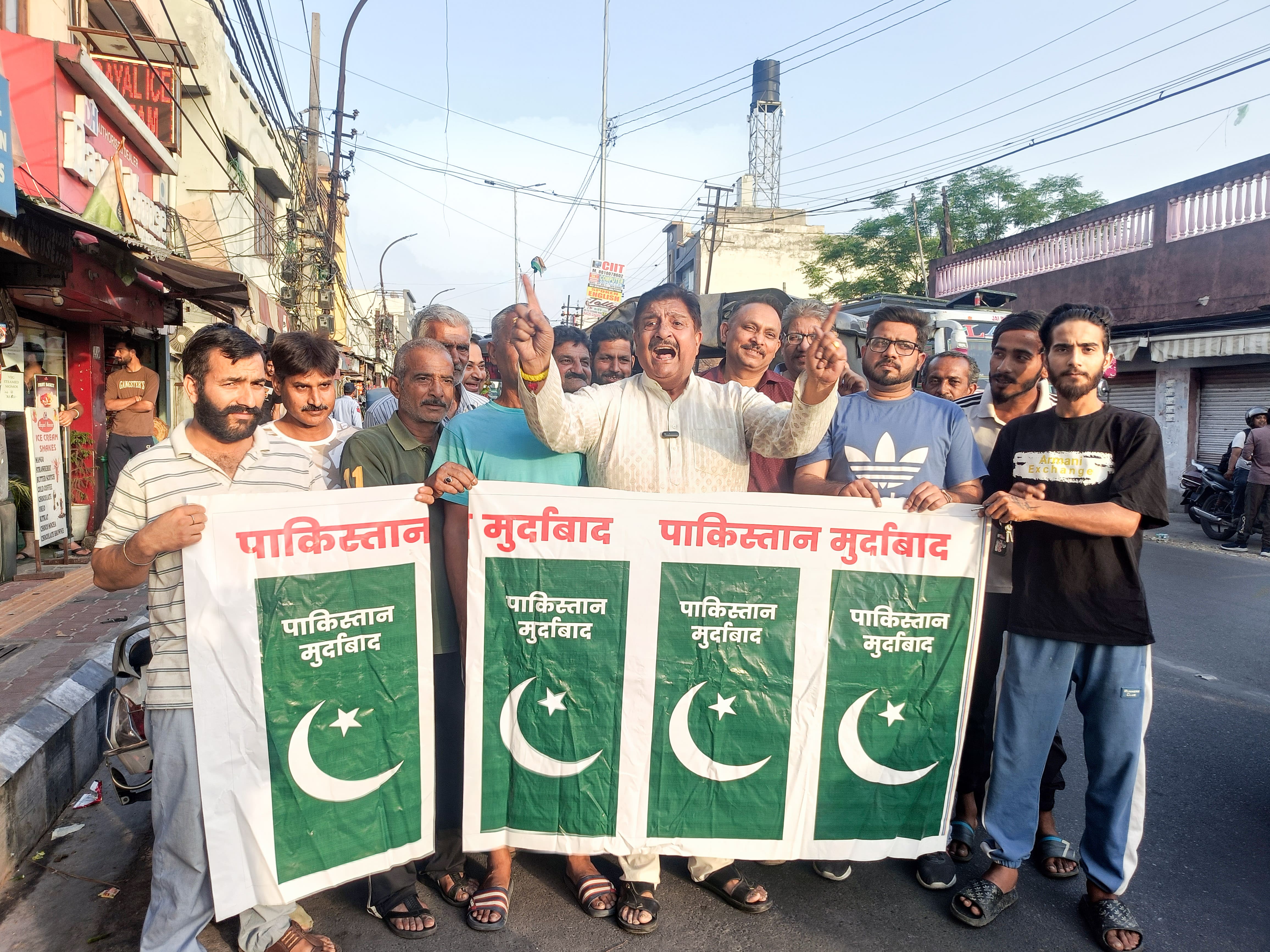
“You should definitely tell Pakistan's story to your children. Our forefathers thought that we are different from the Hindus in every aspect of life. Our religions, our customs, traditions, thoughts and ambitions are different. That was the foundation of the two-nation theory that was laid,” said General Asim Munir.
He emphasized a cultural and religious divide, asserting: “We are not one nation. That is why our forefathers struggled to create this country. Our forefathers and we have sacrificed a lot for the creation of this country. We know how to defend it. My dear brothers, sisters, daughters and sons, please don't forget this story of Pakistan. Don't forget to narrate this story to your next generation so that their bond with Pakistan never weakens.”
As if to directly challenge Indian sovereignty, Munir remarked: “Our stance is absolutely clear, it was our jugular vein, it will be our jugular vein, we will not forget it. We will not leave our Kashmiri brothers in their heroic struggle.”
He went further, defending the state's capacity to resist any threat: “Do you think terrorists can take away the destiny of the country? The 1.3 million-strong Indian Army, with all its wherewithal, if they cannot intimidate us, do you think these terrorists can subdue the armed forces of Pakistan?”
"...Pakistan was created on the foundation of Hindu h@tred i.e Kalma (one god, one messenger)...We Muslims rejected Hindu-Muslim coexistence & carved out Pakistan...tell your kids"
— Pakistan Untold (@pakistan_untold) April 16, 2025
— Pak Army Chief
Ever wondered why Aman Ki Aasha is a one-way traffic?pic.twitter.com/mighEG77tL
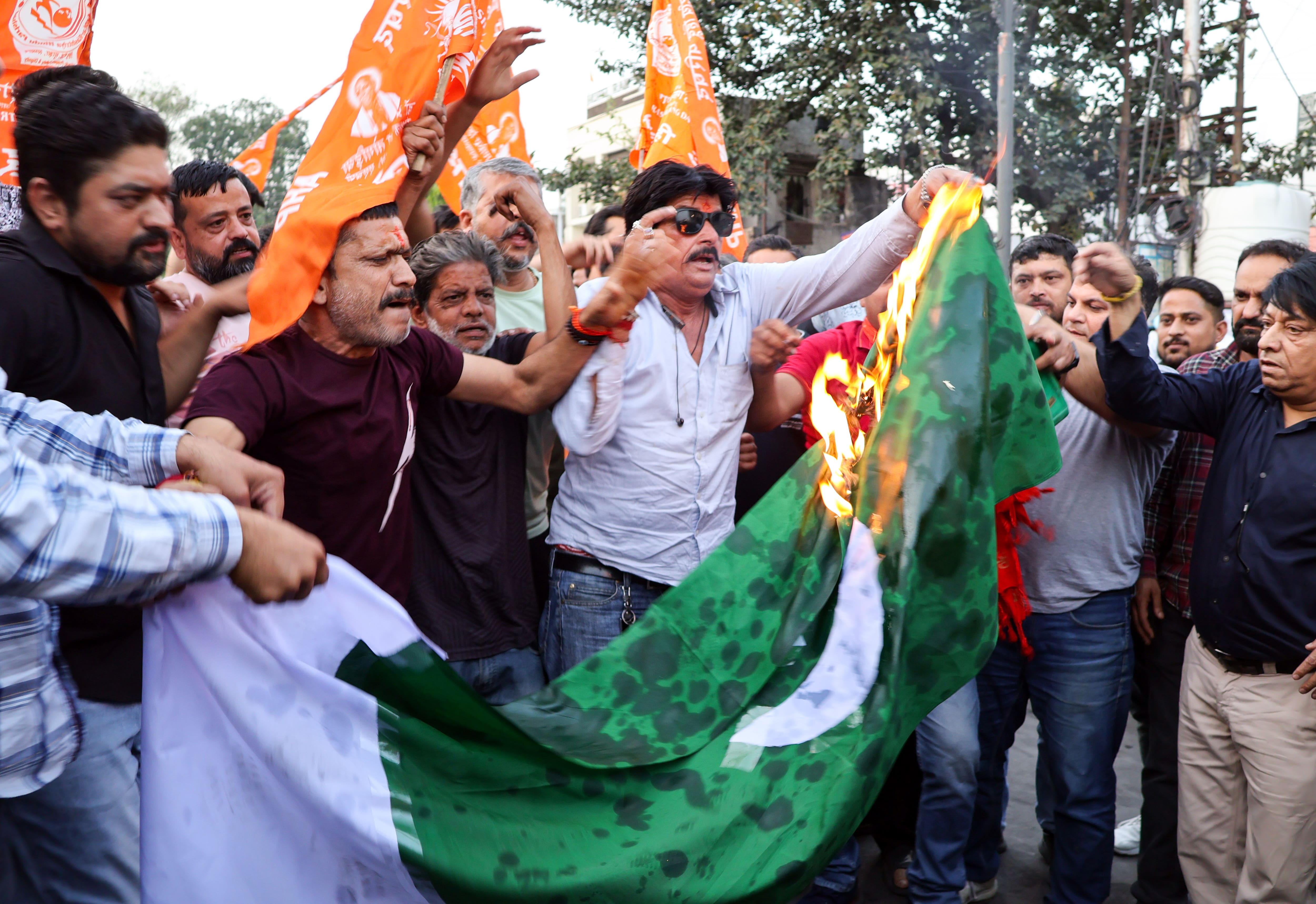
Soon after Munir’s address, intelligence inputs began to surface. According to The Times of India, the speech served as a rallying cry for anti-India terror groups. Intelligence agencies believe it directly triggered the Pahalgam attack. They have named Saifullah Kasuri, a top LeT commander, and Rawalkot-based Lashkar operatives including one Abu Musa, as the main suspects behind the planning of the assault.
Musa had himself delivered a warning at an April 18 event in Rawalkot: “Jihad will continue, guns will rage and beheading will continue in Kashmir. India wants to change demography of Kashmir by giving domicile certificates to non locals.”
During the Pahalgam massacre, eyewitnesses revealed a horrifying detail — victims were asked to recite the ‘kalma’ (Islamic declaration of faith), and those who failed were shot dead on the spot.
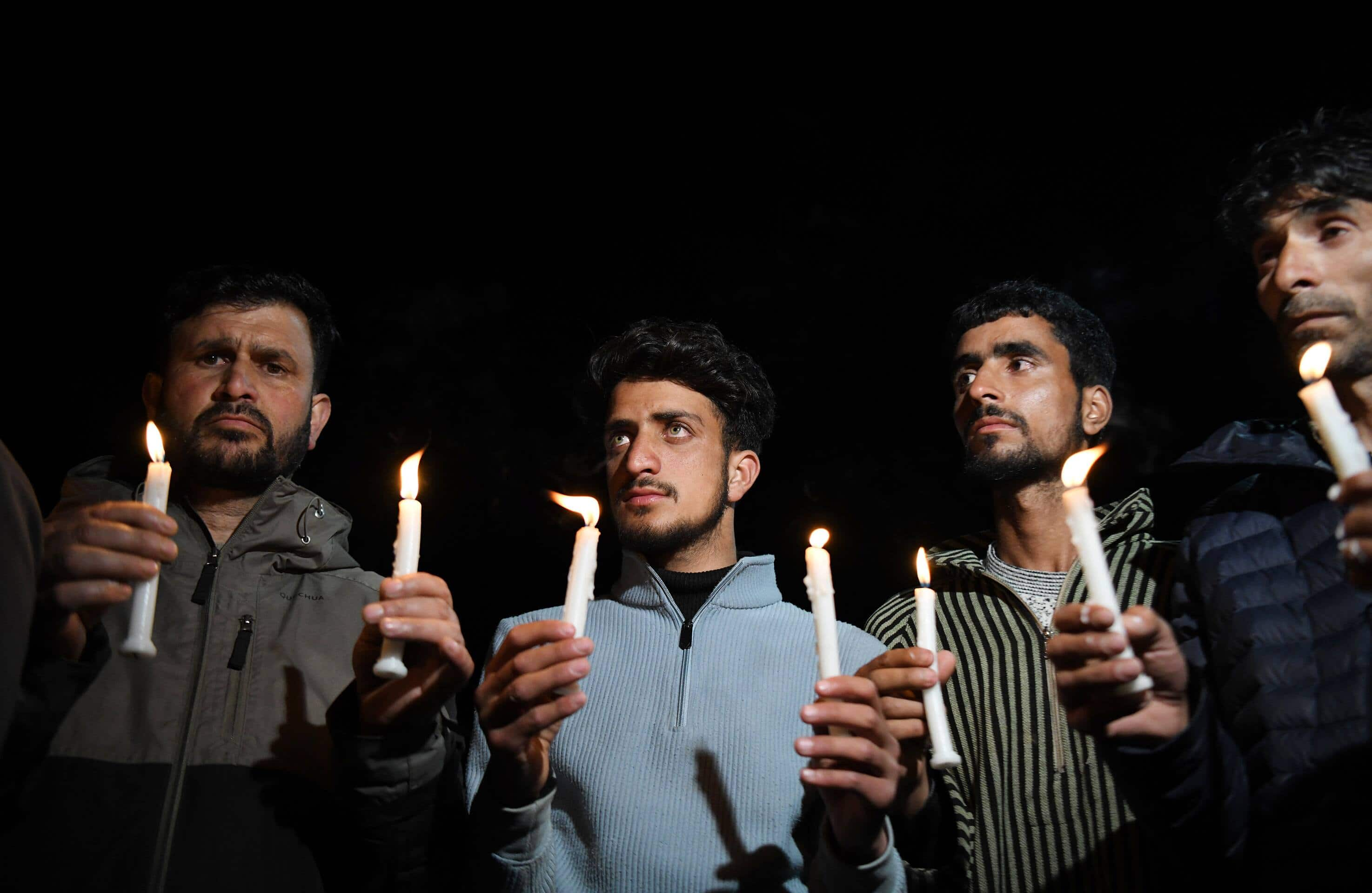
Security analysts and Indian intelligence believe this attack fits into a larger shift in Pakistan’s terror tactics. Over the past two years, Pakistani proxies have moved operations from the Kashmir Valley into the more lightly-guarded hilly districts of Jammu — areas like Rajouri, Reasi, and Poonch — exploiting topography and testing Indian responses.
Ceasefire violations, infiltration attempts, and cross-border probes — such as the one in the J sector where Pakistani troops were pushed back by Indian forces — point to an orchestrated campaign.
Initial assessments of the Pahalgam attack indicate that around six terrorists were involved, with logistical support from local elements. “It appears the attackers arrived a few days before the incident, conducted reconnaissance, and then struck when the opportunity arose,” an intelligence source was quoted as saying in a Times of India report. “Between 1 and 7 April, we had intelligence indicating that terrorists had surveyed several hotels. Therefore, this was not an intelligence failure.”
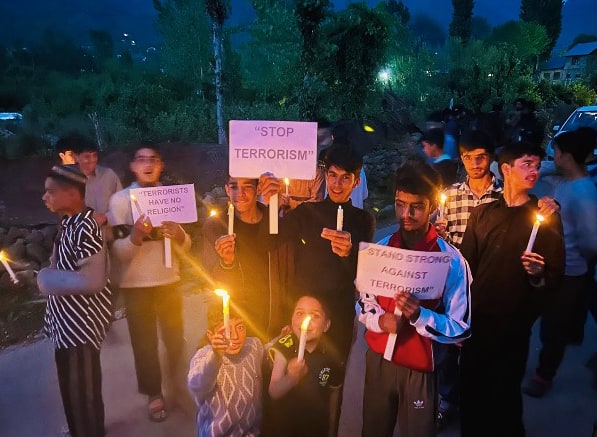
Pakistan’s frustration stems from its fading grip on the Kashmir discourse. Since the abrogation of Article 370 in 2019, Islamabad has struggled to maintain relevance. Record-breaking tourism, successful elections, and improved law enforcement in the Valley have undermined Pakistan’s long-held narrative of Indian repression.
Brigadier (Retired) Rahul Bhonsle commented on Munir’s speech, noting that it signaled a likely increase in terror attacks. “Such an incident, which targeted innocent tourists, is a disgusting act. We need to make a strategy to fight back. US Vice President JD Vance is in India on a visit and this attack has given an international message as well. Pakistan wanted to send the message that Kashmir and India are not terror safe,” he said.
The passing of the Waqf Amendment Bill in India, and protests around it, are also seen as part of Pakistan’s attempts to radicalize youth and create communal flashpoints — further evidence that terror groups are operating with political and ideological backing.

At a time when Pakistan is imploding from within, the Army is clutching at straws. The Tehrik-i-Taliban Pakistan (TTP) is bleeding it in the tribal belt. Baloch separatists recently held an entire train of off-duty soldiers hostage. The Taliban — once a so-called "friendly" regime in Afghanistan — has turned openly hostile. Internally, the economy is on life support, and the political leadership is either jailed or irrelevant.
What does an embattled army do when it’s failing on all fronts?
It turns to the oldest trick in the Pakistani military playbook: provoke India.
By reviving the Kashmir rhetoric, launching cross-border raids, and instigating proxy terror attacks, Rawalpindi attempts to unify a fractured nation against a manufactured enemy. The Army knows it cannot win a conventional war. But it thrives on the perception of conflict — because without it, the military loses its stranglehold over the country’s purse strings, power corridors, and public psyche.
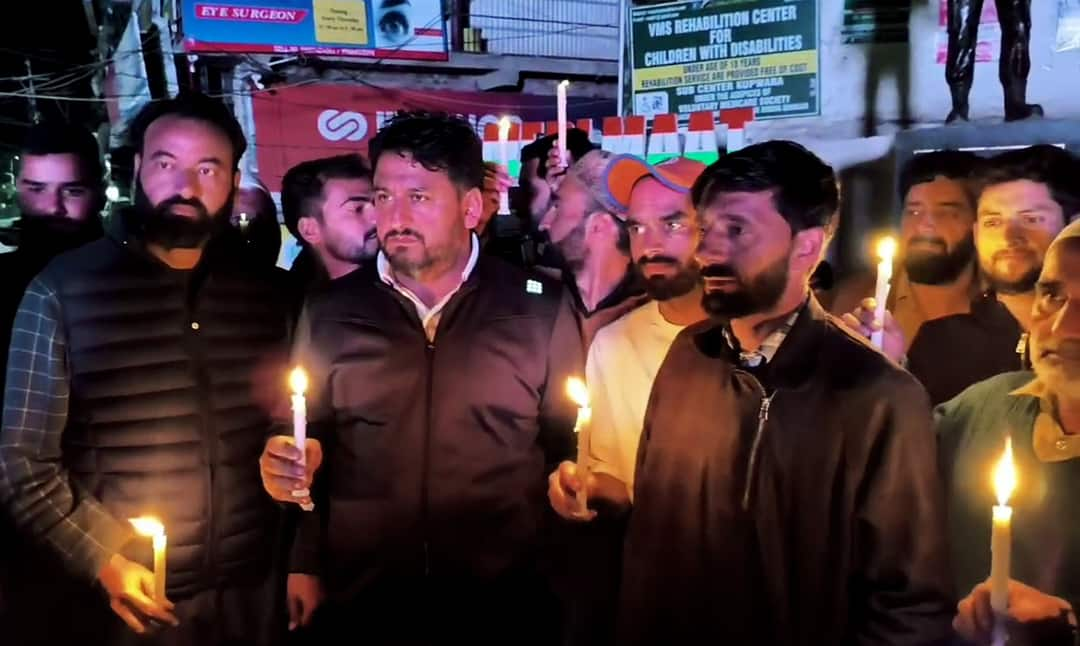
It is high time the international community calls out Pakistan for what it is — a state sponsor of terrorism. The TRF is just a mask. The real face is that of Lashkar-e-Taiba, ISI, and the generals who run Pakistan like a private enterprise of bloodshed.
Asim Munir is not a misguided patriot. He is the ideological heir of Zia, the executor of Kargil's failed gamble, and now, the provocateur-in-chief of renewed bloodletting in Kashmir.
India must respond — not just militarily, but diplomatically and strategically. It is time to isolate Pakistan on every global forum, cut off its aid pipelines, expose its duplicity, and strengthen alliances that can choke terror financing and recruitment.
Because the world must understand: every time Rawalpindi bleeds internally, India bleeds externally.
And this cycle will not stop — unless we make Pakistan pay the price.
You may also like

Pep Guardiola and Ruben Amorim transfer battle over target two Man Utd stars love

Prince Louis beams in never-before-seen birthday snap shared by Kate

The Mirror retells the extraordinary story of Britain's Heroes of World War II

IPL 2025: Effort To Promote Miller Was To See If Things Could Change, Says LSG Coach Dahiya

Nourishing £8 hand cream called 'fantastic for gardeners' and 'go-to for very dry hands'
